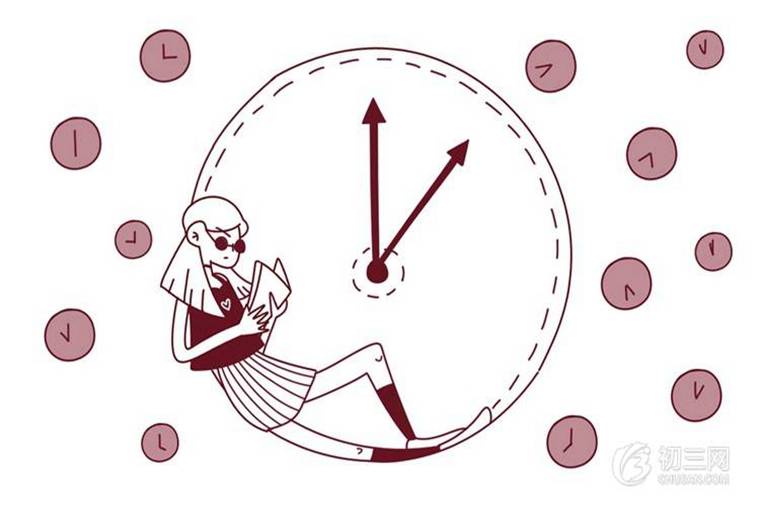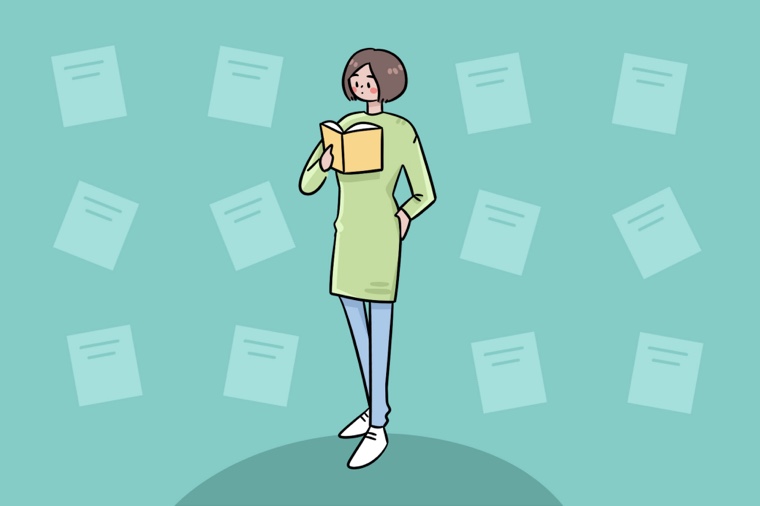英语在中考中是一门很重要的学科,这篇文章小编给大家总结梳理了八年级上册重要的英语知识点,供参考。

(1)第一人称单数I代表说话者,必须大写,"我".
如:I go to school every day.我每天去上学.
(2)第一人称复数we代表说话者一方(二人或者二人以上)"我们".
如: We are swimming now.我们现在正在游泳.
(3)第二人称单数、复数you代表听话者或者对方(复数you代表二人或二人以上).
如:Are you ready, Sam? 萨姆,你准备好了吗?
(4)第三人称包括he、she、it. He "他" 代表已经提到过的男人. She"她" 代表已经提到过的女人.It "它"代表已经提到过的事物.
如: He is the tallest in the class. 他在班里是最高的.
She has a little brother. 她有个小弟弟.、
I have a handbag. It is black. 我有个手提包,它是黑色的.
(5)第三人称复数they "他们" 代表已经提到过的一些人或者一些事物,这个词没有性别之分.
如:Where are the teachers? They are over there. 老师们在哪里?他们在那边.
Where are the apples? They are in the drawer. 苹果在哪里?它们在抽屉里.
注:1)人称代词主格在句中主要做主语.
如:We went to the zoo yesterday.我昨天去动物园了.
2) 人称代词宾格在句中主要作宾语.
如: Can you help me? 你能帮我吗?
3)人称代词做表语时一般用宾格.
如:Who is that? It's me. 是谁呀?是我.
4)在比较状语从句中,在不引起误解的前提下,有时用宾格代词代替主格代词.
如:He is taller than me. 它比我高.
He loves you more than me. 她爱你胜过爱我.
5)两个以上的代名词并行排列时,其次序为:
a) 单数人称代词:you he I.
如:You, he and I are good friends. 你我他都是好朋友.
b) 复数人称代词为:we you they.
如:We and they went to the Great Wall yesterday. 我们和他们昨天都去长城了.
c) 第三人称He和 she 同时使用时,先说he,后说she.
如:He and she were late for school this morning.他和她今天早上都上学迟到了.
1.“主语+谓语”(即“主谓”句型)
例:They arrived in Harbin yesterday morning.
分析:“they”(主语)“arrived”(谓语)。
2.“主语+谓语+宾语”(即“主谓宾”句型)
例:I study English.
分析:“I”(主语)“study”(谓语动作)“English”(宾语即动作涉及的对象)。
3.“主语+谓语+间接宾语+直接宾语”(即“主谓双宾”句型)
例:Our teacher taught us English.
分析:“our teacher”(主语)“教”(谓语动作)“us”(间接宾语)“English”(直接宾语)。
4.“主语+谓语+宾语+宾语补足语”(即“主谓宾宾补”句型)
例:He asked her to go there.
分析:“he”(主语)“asked”(谓语动作)“her”(宾语即动作涉及的对象)“to go there”(补语—补充说明宾语做什么)。
5.“主语+系动词+表语”(即“主系表”句型)
常用的系动词有be, keep,lie, remain, stand, become, fall, get, go, grow, turn, look, feel, seem, smell, sound, taste, 等。
例:I am a teacher. 我是一名老师
分析:“I”(主语)“am”(系动词)“a teacher”(表语—即表明主语的身份)。
can(能,会),may(可以,可能,也许),must(必须,一定,应该)have to(必须,不得不)
1.肯定句结构:
主语+can/may/must+动词原形+其它,例如:I must go now.
2.否定句结构:
在can/may/must后加not,例如:You mustn’t talk aloud in the library.
3.一般疑问句结构:
把can/may/must提在主语前,例如:Must you go now?(Yes, I must. No, I needn’t.)
May I open the window?(Yes, you may. No, you needn’t.)

八年级是初中学段非常重要的一个年级,他起到了承上启下的作用,为将要到来的中考做着非常重要的准备,下面小编就初二数学的学习方法做一个简短的介绍...

11月25日,从肥东县初中学业水平考试报名工作会议上获悉,2022年肥东县九年级中考网上报名于12月1日正式开始,12月7日是截止日。八年级...

八年级下册数学知识点有很多,其中一次函数、四边形是重点,小编整理了一些重要的知识点。

八年级下册物理的知识点有很多,一定要掌握扎实,小编整理了一些比较重要的知识点。

小编整理了一些八年级的,大家一起来看看吧。

很多同学都想选择一本物理课外辅导材料,那么哪些物理辅导书值得买呢?大家一起来看看吧。

很多同学都需要整理知识点,小编整理了生物的知识点,大家一起来看看吧。

学好物理最重要的是牢记基础知识点,小编整理了一些重要的知识点。